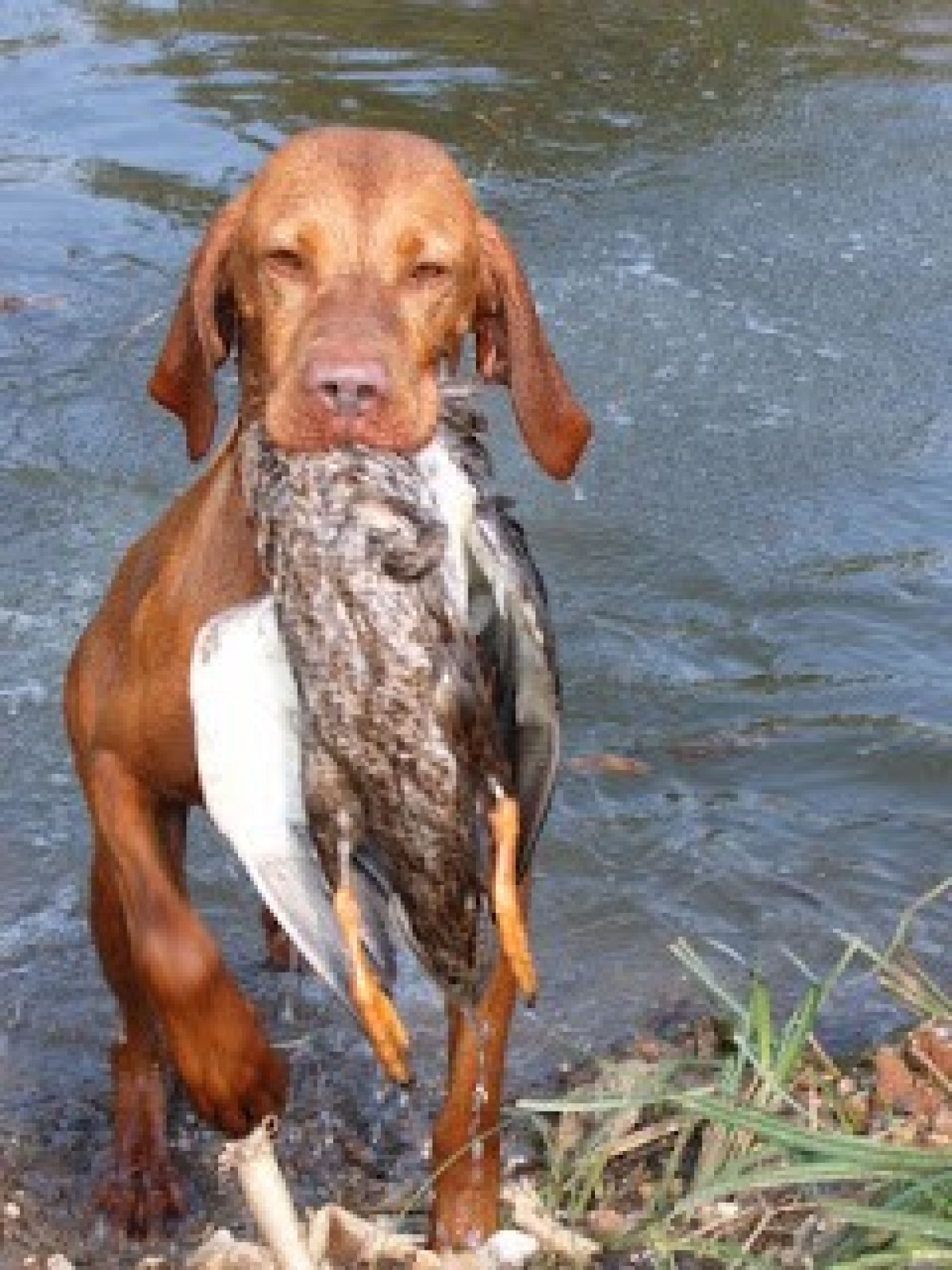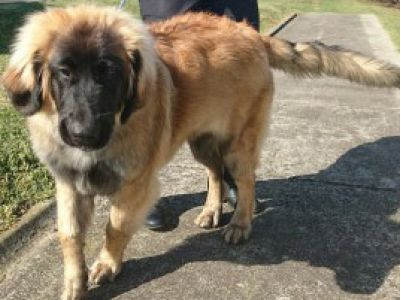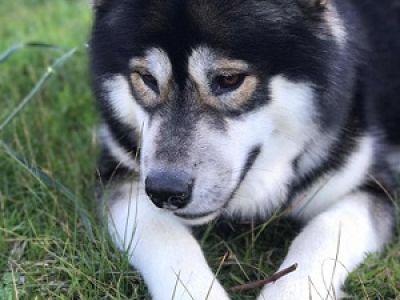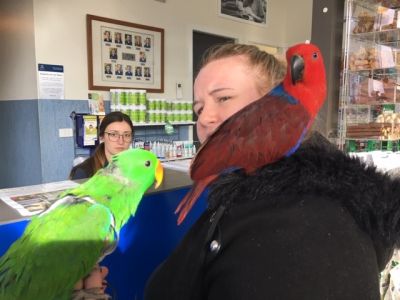Hungarian Vizsla

The Vizsla (meaning “pointer” in Hungarian) is the national dog of Hungary. Its early origins are hard to trace but its history probably began in the ninth century when the warring Magyar tribes migrated from the Steppes of Asia and eventually settled in the Carpathian Basin, known today as Hungary. It is believed that, over the centuries, the Vizslas we know today evolved from the hunting/herding dogs that the Magyars brought with them. For centuries the Vizsla was owned by the sporting nobility of Hungary and used to scent and search for birds that were then either caught by falcons or netted. After the introduction of firearms during the 1700's the nobility of the day required a gundog with an all-round ability to work on fur and feather, on the plains of Hungary.
The dogs needed to be fast and have good noses which would enable them to work the giant hare and point the various game birds and wildfowl. The Vizsla was also used to hunt deer, wild boar and wolf, all of which it was expected to hold at bay. This work was usually performed using several dogs working together. During the 20th century, two world wars and the Russian invasion of Hungary decimated the Hungarian Vizsla population. After the First World War about a dozen dogs remained and these became the basis of all registered Vizslas in Hungary. During the Russian occupation, many nationals fled taking their Vizslas with them and thus the breed became established in Europe and the West.
The Hungarian Vizsla is a slim, sleek, sophisticated-looking dog with a sensitive expression and thin, silky, drop ears. He has a short russet gold coat and the eyes and nose come in various shades of brown. Although sometimes described as medium-sized, most dog owners would consider the Hungarian Vizsla belongs to the large breed category.
Height: Male: 56–64 cm; Female: 53–61 cm
Weight: Male: 20–29 kg; Female: 18–25 kg
Lively, friendly, even tempered and easily trained. The Hungarian Vizsla has an outstanding willingness to keep contact with his master while working and it is one of his essential qualities. The good-natured Hungarian Vizsla has even been called the "Velcro Vizsla" because he is so tactile - he likes to attach himself to people, preferably in their laps or on their heads! The breed ranks low on aggression, destructiveness and snappiness, and high on playfulness.
If you're interested in dog sports, your Hungarian Vizsla would probably be happy to compete. The Vizsla excels in conformation, field, obedience and agility. His superb scenting skills make him a natural hunter. Hungarian Vizslas have also been guide dogs, drug detection dogs, therapy dogs, and search and rescue dogs, and have competed in falconry, flyball, tracking, and hunt tests.
Hungarian Vizslas are talkers: they will whine, moan, or make other noises to let you know their opinion on everything that's going on. Some can become recreational barkers if this bad habit isn't controlled early on.
Being a retrieving dog, the Vizsla is mouthy and likes to chew. Provide him with a variety of chew toys and rotate them regularly so he doesn't get bored and decide to gnaw on your shoes or other expensive items.
Said to be highly trainable, the Hungarian Vizsla does not respond well to harsh scolding or aggression and owners have found that attention and reward-based training work best. His keen senses and protective instinct make him an excellent watchdog. The Hungarian Vizsla is still used as a versatile gundog - excelling in field, forest or water situations. He can cope with difficult terrain as well as extreme weather conditions.
Because of his adaptability he is also easily kept as a companion dog in the house.
This dog needs LOTS of exercise, with some owners saying 5-10km every day is vital. This is not a breed for the infirm unless a regular dog walker is employed! With daily walks the backyard size becomes less relevant. Most will enjoy a suburban backyard in which to snuffle around but it must be well-fenced.


